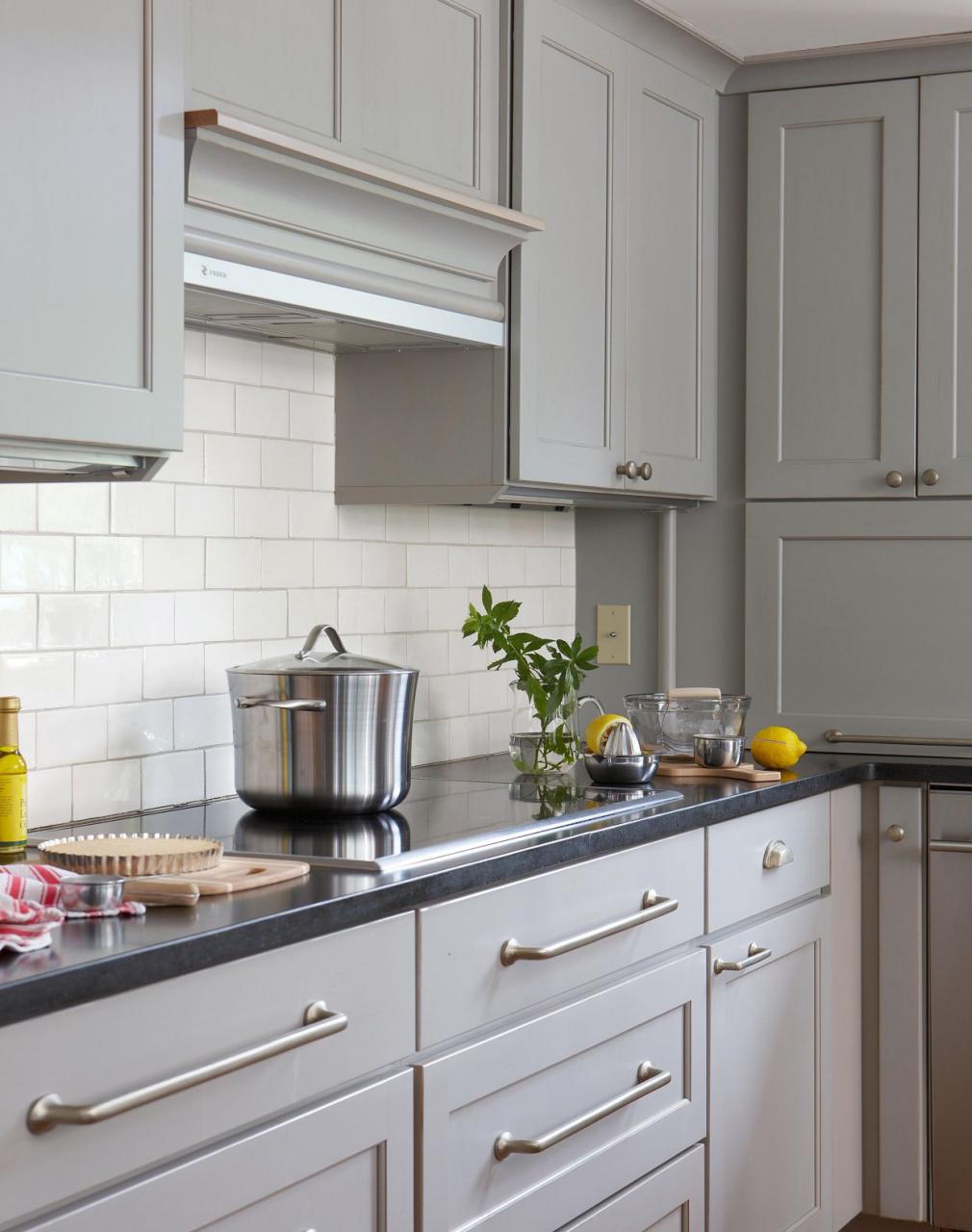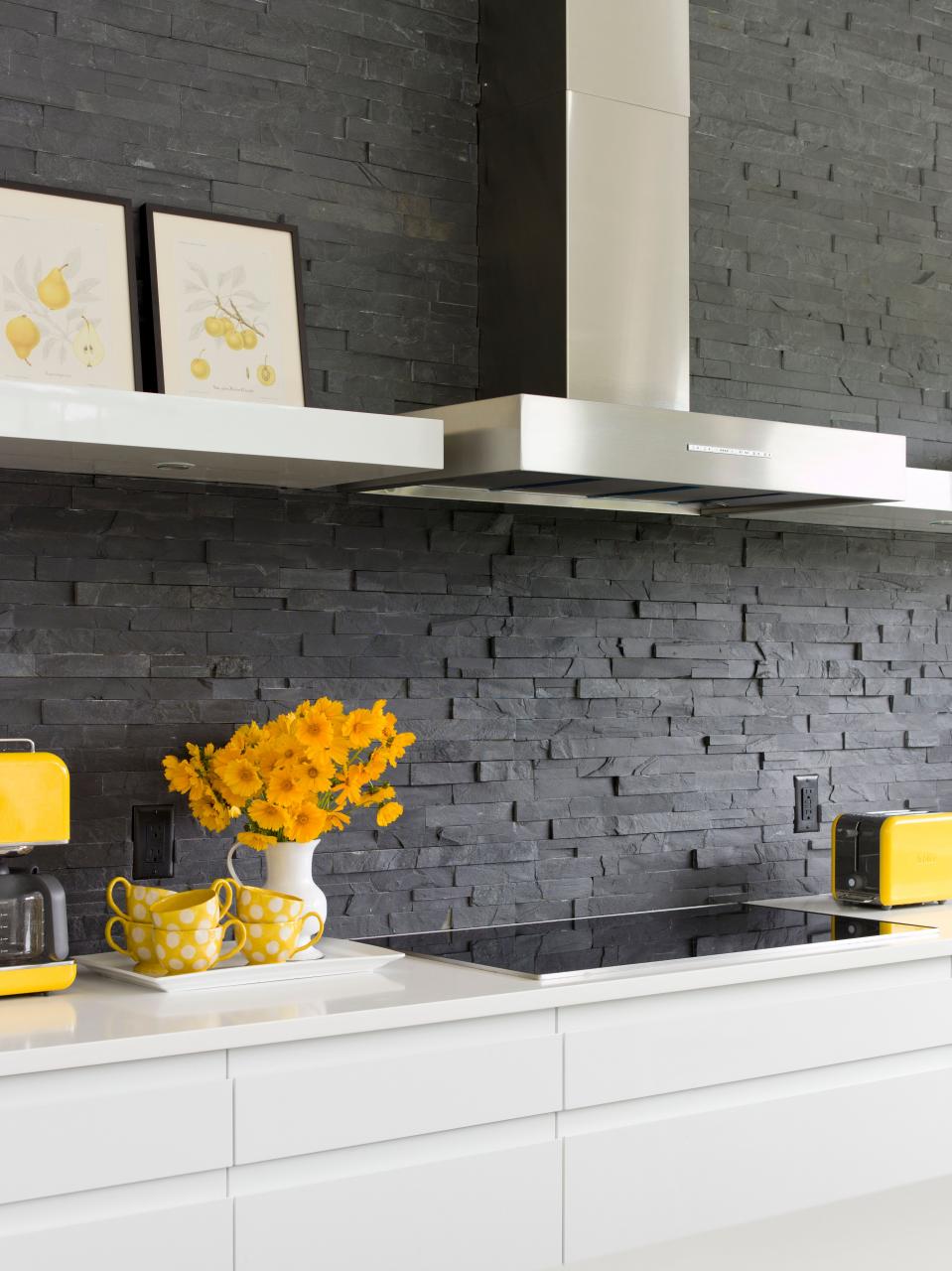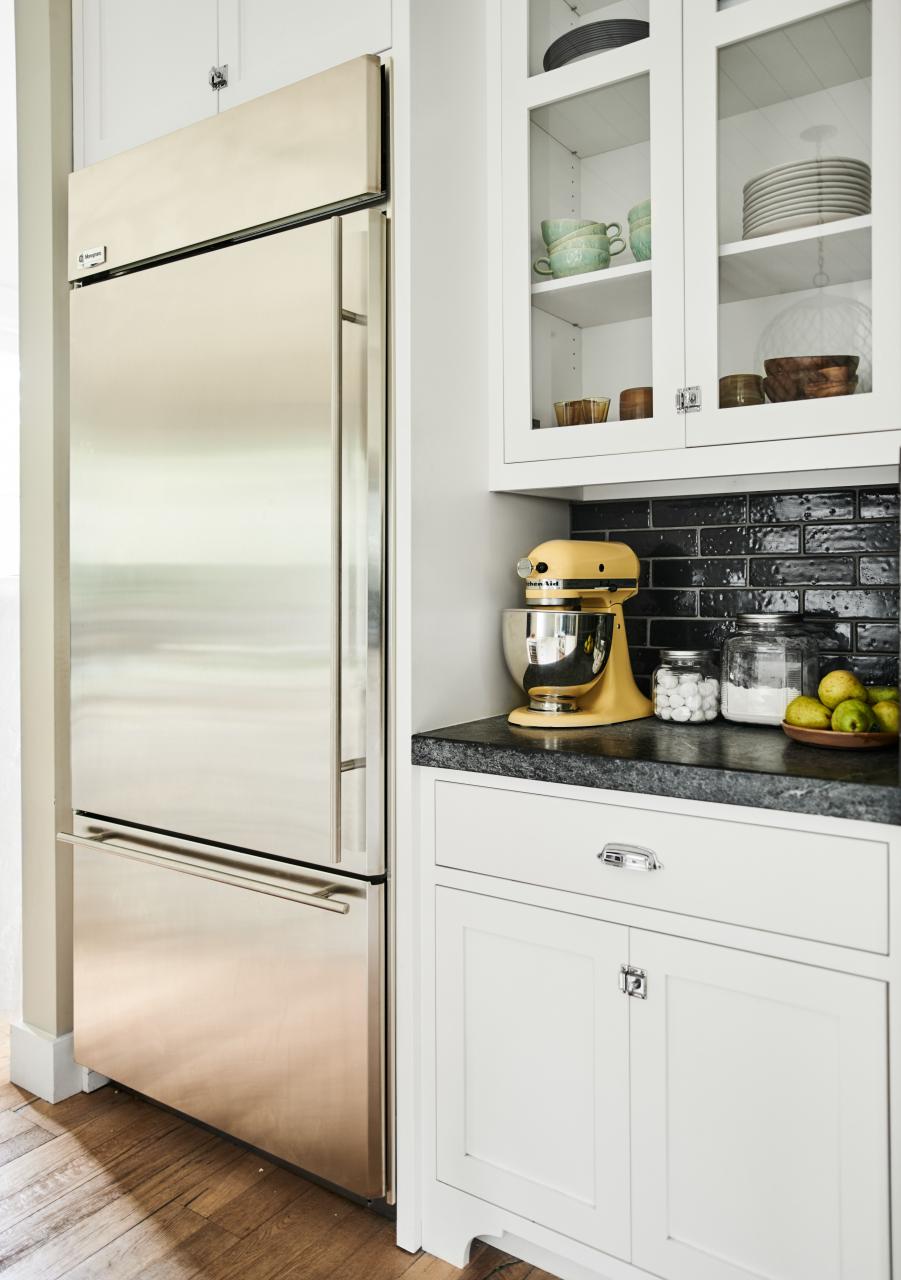Induction cooking is causing a buzz in cooking area style. The magnetism-driven technology has actually been around for years, however current talk of banning gas stoves, and a desire for more effective interiors and healthy homes, has lots of homeowners checking out induction. Intrigued in making the switch? Here’s what you ought to understand about induction cooking.
Induction Cookware
Induction cooktops require pots and pans that are magnetic. “Basically, if a little refrigerator magnet will stick to your pots and pans, you are induction all set,” states Mercadante.
The size of your pots and pans matters more with induction cooking, too. Preferably, induction pots and pans are flat bottomed and match the size of the cooking zone. Pots and pans that’s too small, or off kilter from the burner, runs the risk of not triggering the magnetic energy..
While suitable pots and pans is widely offered, you might discover products touted as induction-friendly that are not really a great fit. Checking out the item description prior to purchasing online can help. You can also search for the induction sign, which is a horizontal coil graphic, and/or the word “induction.”.

Cooking with Induction.
” Induction requires a little a knowing curve to get used to,” states Nureed Saeed, owner and imaginative director of Nu Interiors. Overall, however, Saeed states induction is a comparable cooking experience with gas and electrical.
Taking a pan off heat for too long, for example, causes the cooking element to turn off. Somebody used to cooking by sight with gas flame will have to adjust to induction.
Possibly the most significant difference is the efficiency: induction is typically thought about much faster and more even cooking. Boiling a pot of water or rushing has actually never ever been so simple,” states Saeed. Consumer Reports testing found that induction exceeds others, keeping in mind that 6 quarts of water came to a boil 2 to 4 minutes much faster with induction than gas or electric.
Induction cooking also tends to be more accurate. This cuts back on overcooking or boiling over once you’ve gotten the hang of cooking with induction.
Ecological Benefits of Induction.
Induction’s current turn in the spotlight comes mainly from its energy effective features. “In a couple of cities out here– San Francisco, Berkeley, and Oakland for example– gas cooking is no longer enabled in brand-new builds,” states Saeed.
Compared to gas and routine electrical cooktops, induction not just needs less energy for cooking, it is also more energy effective. Induction heats up cookware straight, avoiding losing heat from flames or coils and removing the requirement to heat the surface area around the energy source. According to Energy Star, “the per system effectiveness of induction cooking tops has to do with 5-10% more efficient than standard electric resistance systems and about 3 times more effective than gas.” Induction’s performance minimizes energy usage and lowers greenhouse gas emissions. Electric cooking approaches like induction also lead to much better indoor air quality.
Benefits and drawbacks of Induction Cooking.
Induction is just different enough from gas and electric that it has a learning curve, but there are a lot of advantages to making the switch. Here’s what to think about if you’re looking into induction cooking for your house..
Benefits of Induction Cooktops.
Security.
Since induction heats the pan, there’s less area that gets heated up throughout induction, suggesting less location to potentially burn yourself or something set on the cooktop. Unlike gas, electric approaches don’t have an open flame to possibly catch a fire. It’s harder to unintentionally leave on or turn on a burner, given that the removal of pots and pans will cut the connection. Mistakenly melting a spatula or singing an oven mitt may be a distant memory with these designs..
Faster and More Efficient Cooking.
The magnetic technology in induction cooktops means there’s less of a wait on a pan or pot to get warm, having you boiling, sizzling, and simmering faster than ever. Induction also uses more responsive and exact temperature level control. Induction’s lack of gas and extremely efficient magnetic heating makes it better for the environment, too..
Easier for a Kitchen Remodel.
According to Saeed, transferring gas home appliances throughout a major restoration can in some cases result in expensive work moving the gas line, consisting of burglarizing the concrete subfloor. Electric energy, on the other hand, removes that requirement. “You might opt for induction and cut this intrusive and pricey product out of your cooking area restoration spending plan,” states Saeed.
Financial Incentives.
Depending upon where you’re located, there may be some cash in it if you choose induction. ” In Northern California, there are financial incentives around the Bay Area to switch to induction,” states Saeed. The Inflation Reduction Act is another opportunity for refunds when you switch to induction..
Easy to Clean.

A flat, smooth surface area (specifically digital control models) means not needing to tidy around and under grates, coils, and knobs. Because the more comprehensive surface doesn’t heat, spills are less most likely to get quickly (and stubbornly) baked onto induction cooktops.
How to Clean a Stove Top, Including Tough Stains and Grease.
Cons of Induction Cooking.
Needs Specific Cookware.
” The main negatives are that you need magnetic bottom pots and pans, so a few of our pots and pans might need to be replaced,” says Saeed. This can be a significant extra expense to the purchase of a brand-new appliance. In addition to the right cookware, there’s additional attention required to ensure the bottom of the pot or pan chosen matches the size of the induction burner when utilized..
Learning Curves.
Getting used to the speed, temperature, and technology behind induction is another major consideration. In addition, you may need to discover to cook with new cookware and change some of your common cooking practices, like getting rid of a pan from the burner for a significant quantity of time..
If you’re someone who likes to leave frequently-used pots or pans on the cooktop, you might require to consider altering your methods. Since induction technology is reliant on the cookware, you don’t wish to accidentally turn on a burner and activate it because the pan is already in place..
More Expensive.
Induction cooktops and varies with induction surfaces are often still more expensive than gas or electric designs..
Visual and Audible Differences.
With induction, you won’t have the gratifying sound that includes lighting a burner, or the unconscious visual “hot surface area” alarm like a red electrical coil. Some users also note a small buzz, rattling, or humming noise– often even referred to as a high-pitched whine– at greater settings. This is normally explained as coming from the vibration of the magnetic energy..
It’s Not a 1:1 Switch with Gas.
You can’t constantly just swap out a gas variety or cooktop for induction; you might require a different connection for an electric design. “Be sure you have the area on your electrical panel to deal with the new unit. It will likely require its own breaker,” says Saeed..
Cooktops Can Scratch More Easily.
Compared to the stainless steel of gas variety tops, glass induction cooktops are more vulnerable to scratches, fractures, or chips. This might make you cautious of utilizing a cherished however heavy cast-iron pot or pan.



